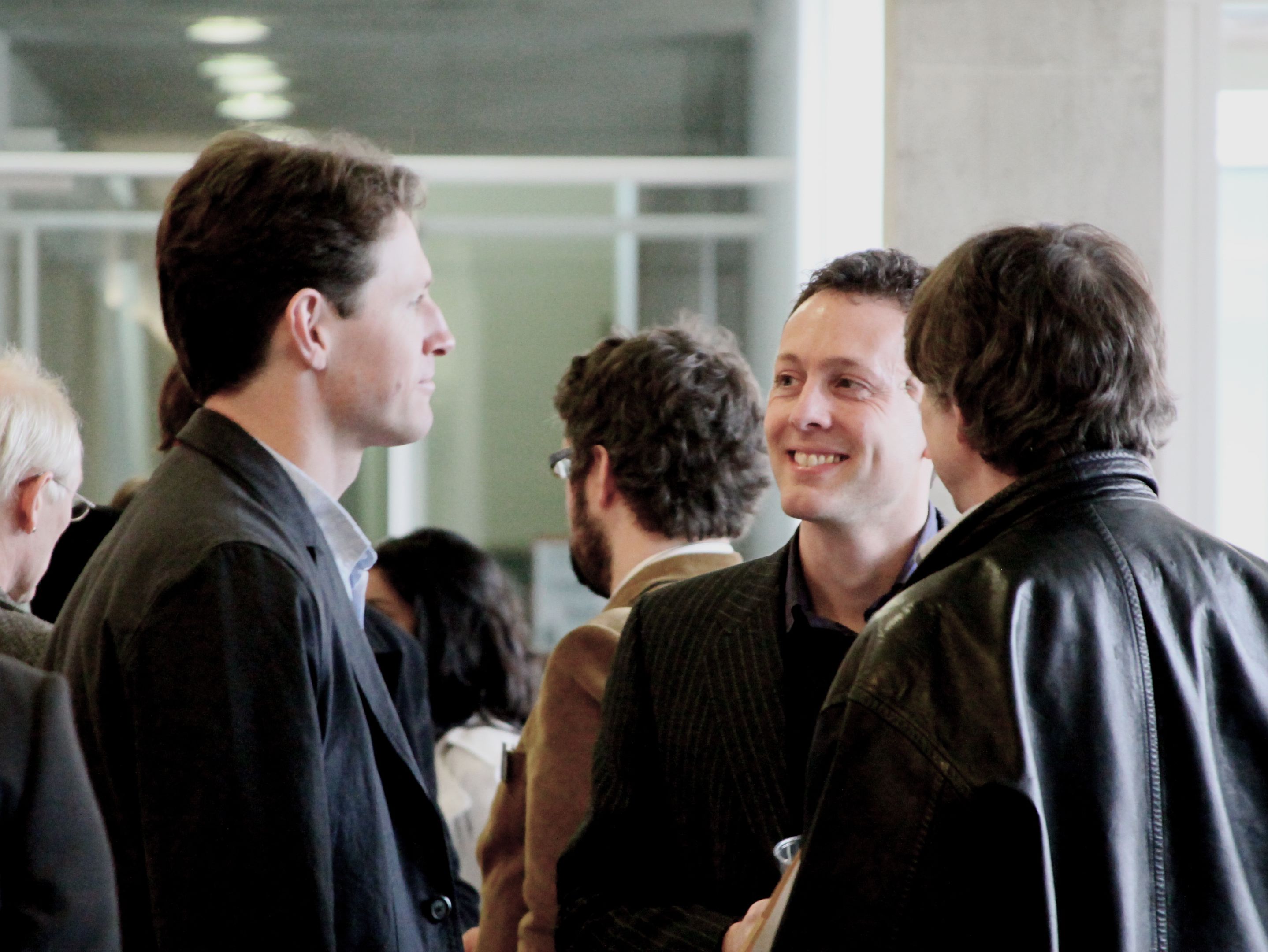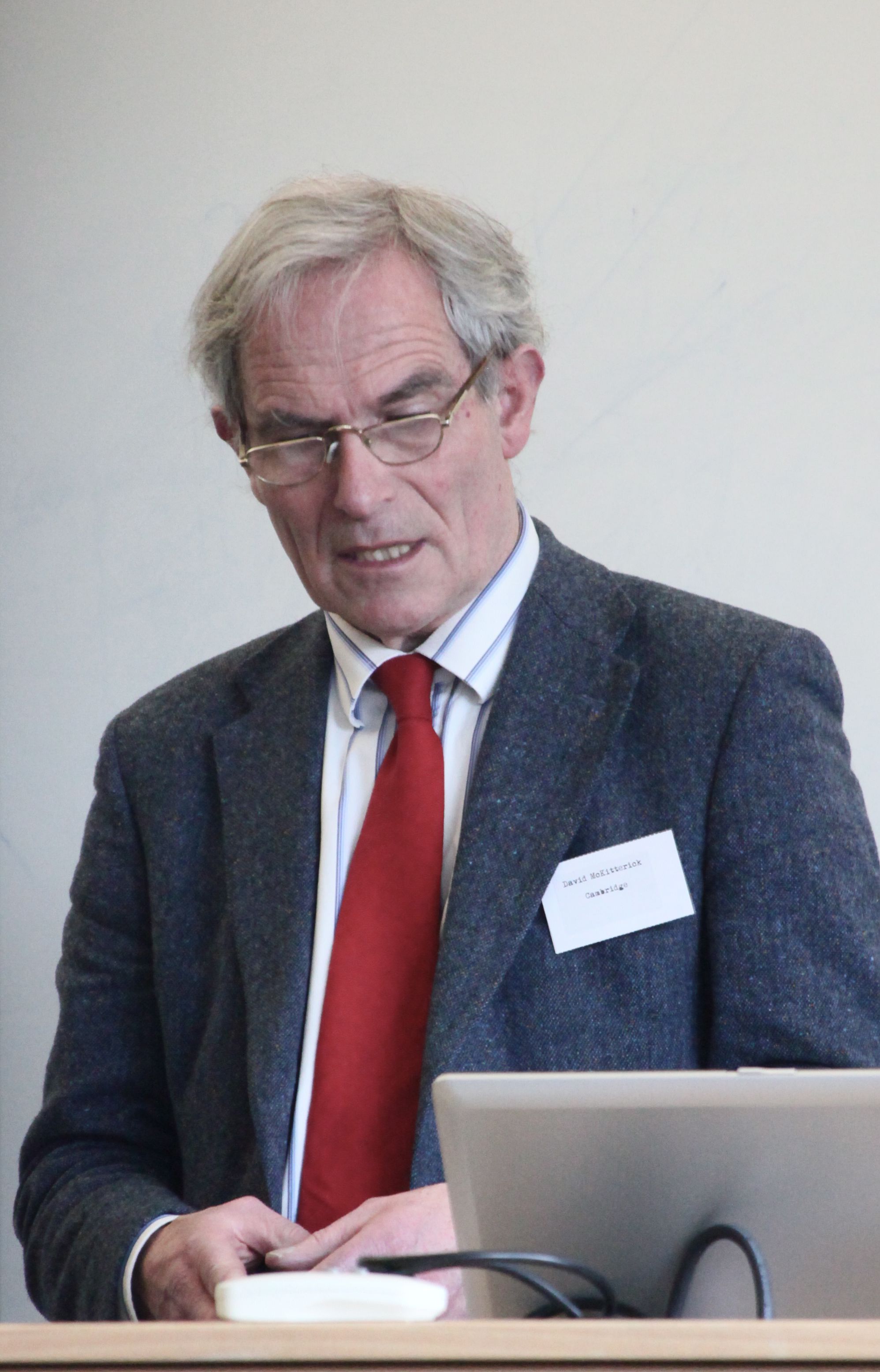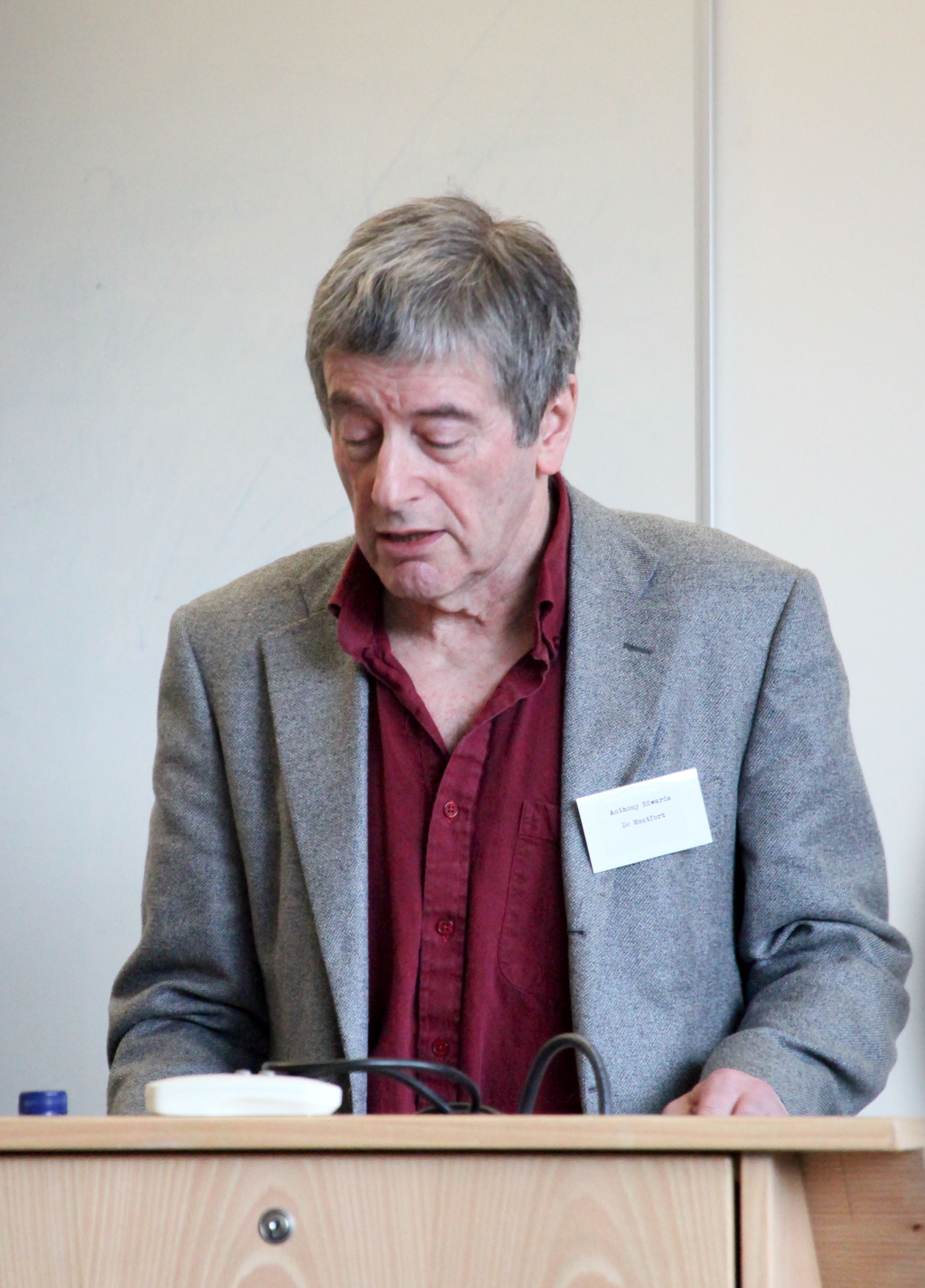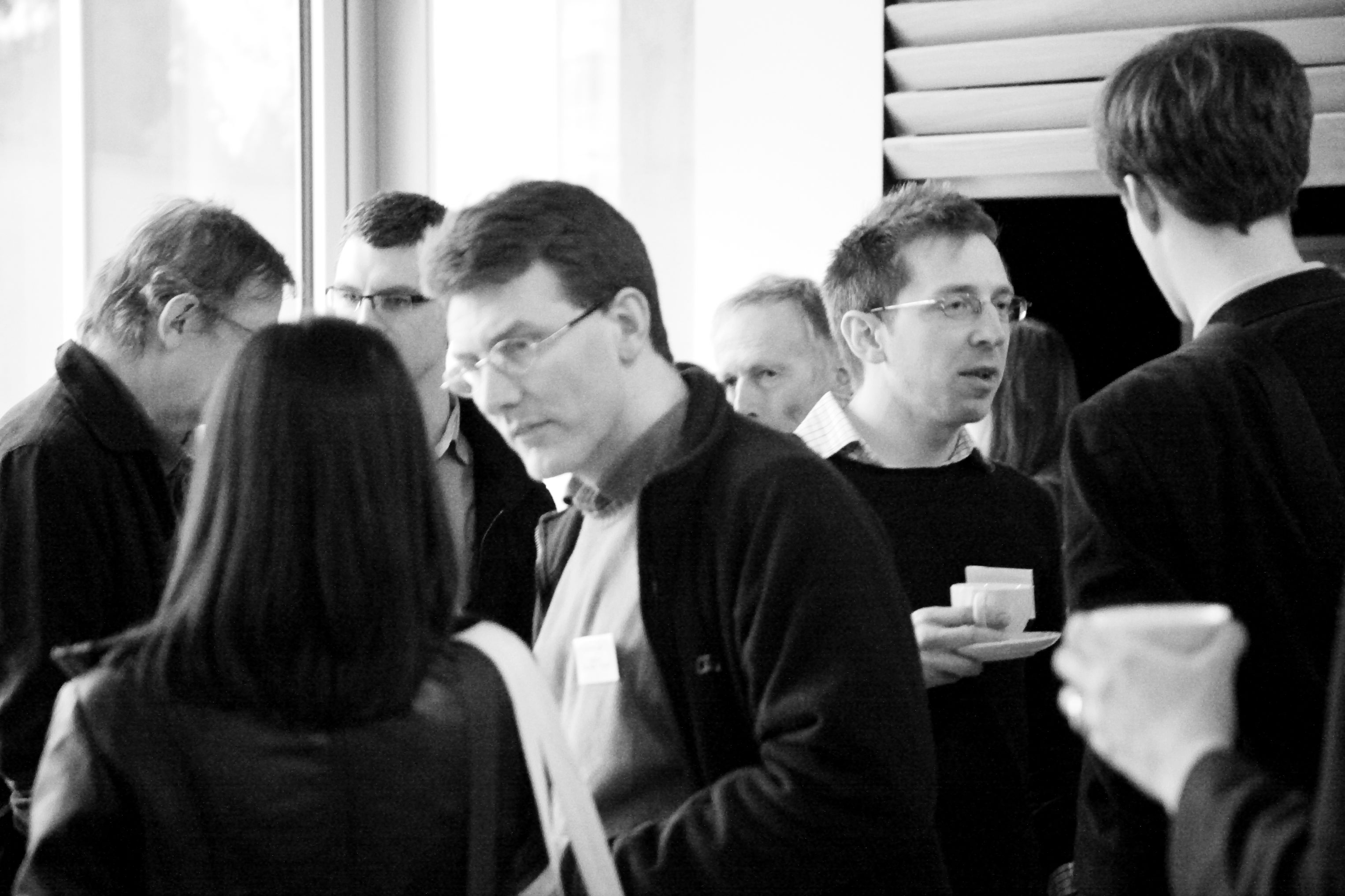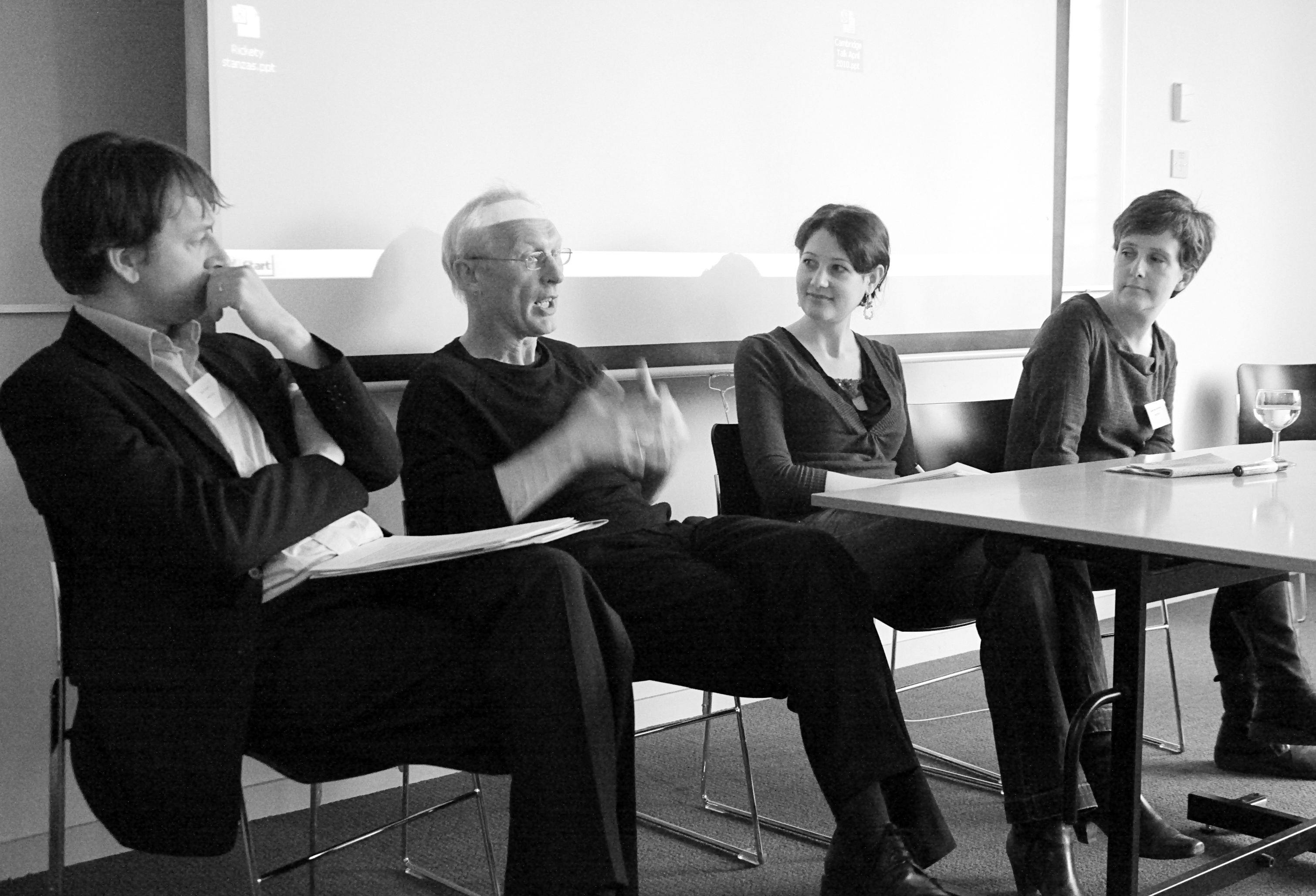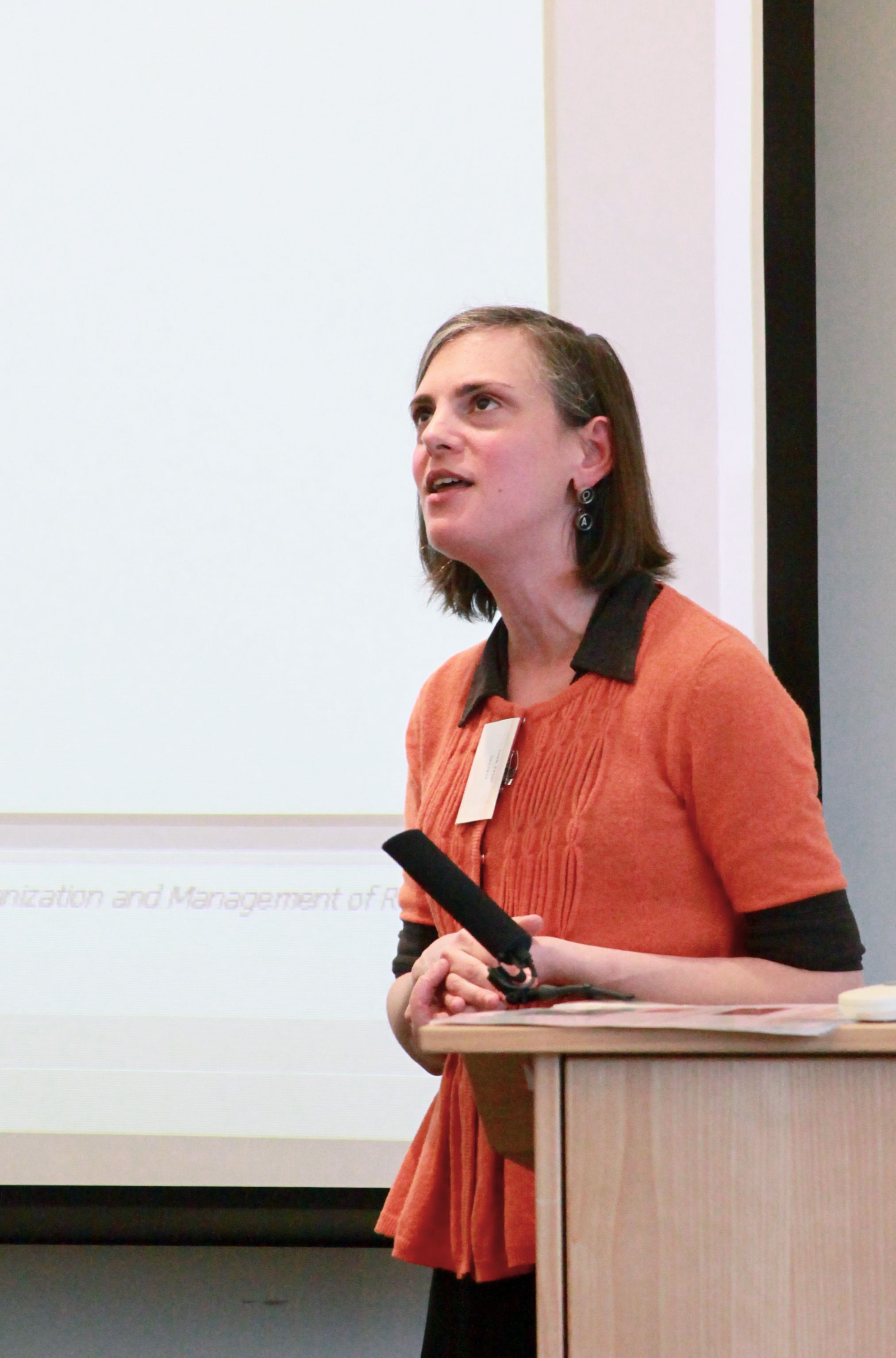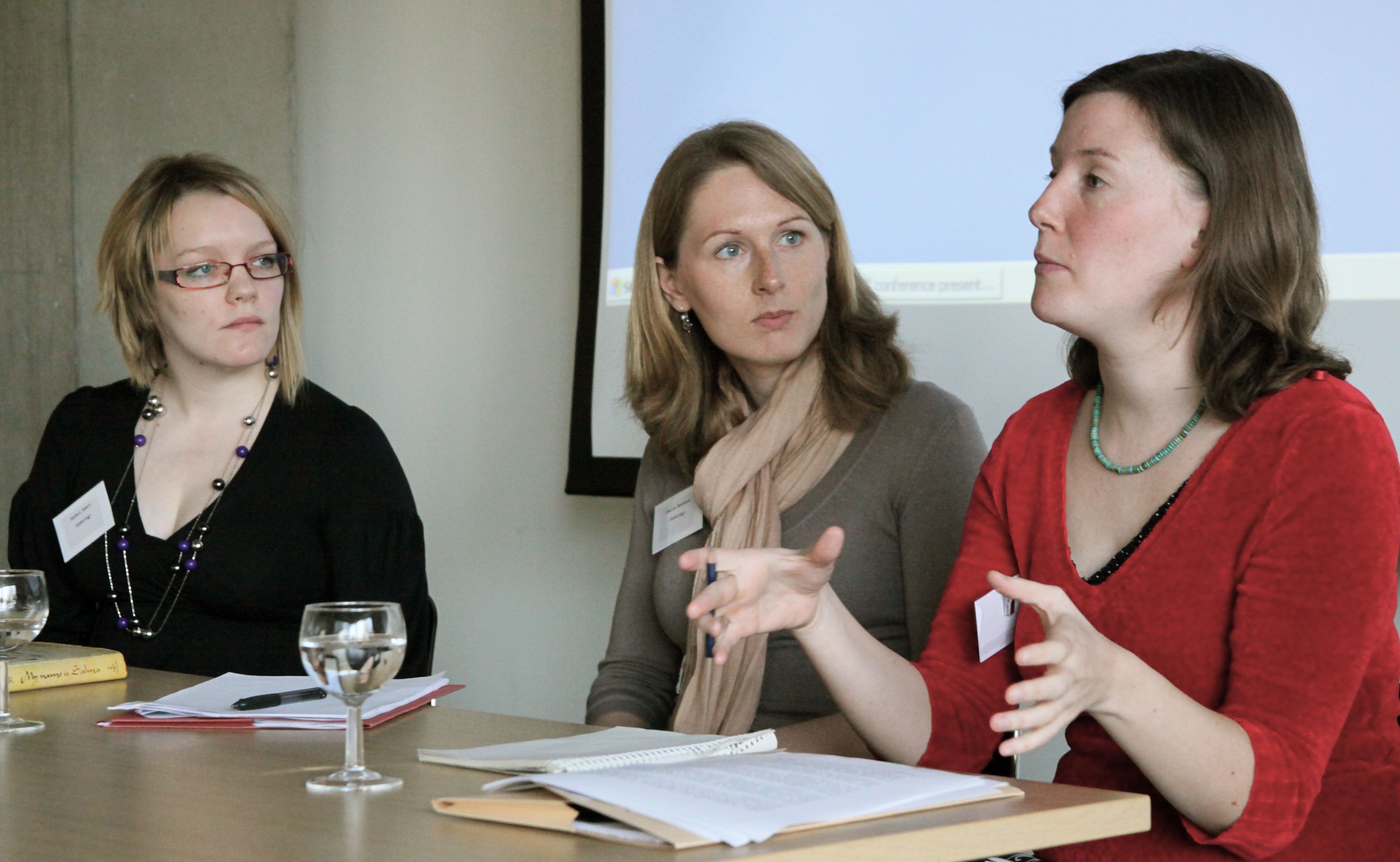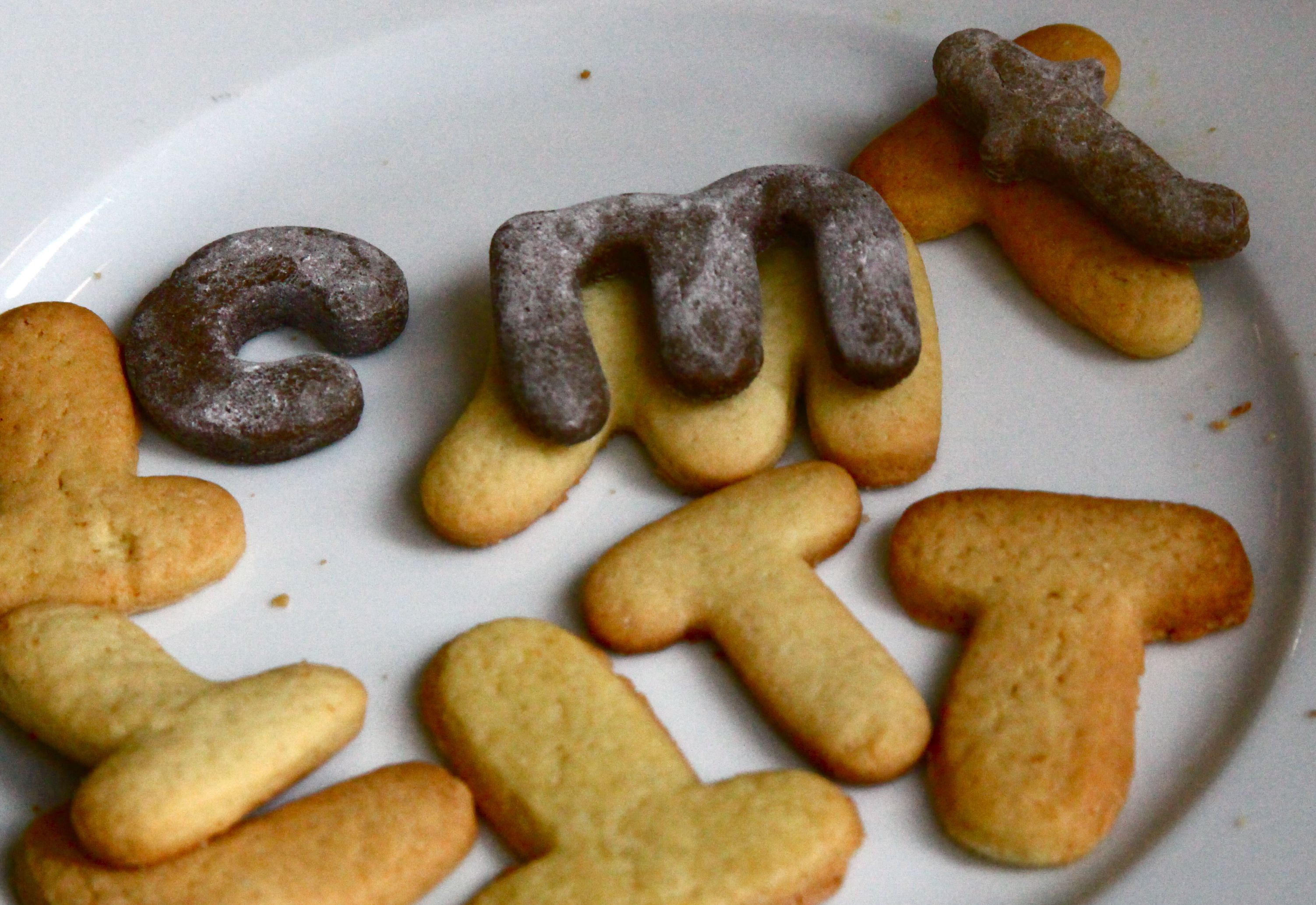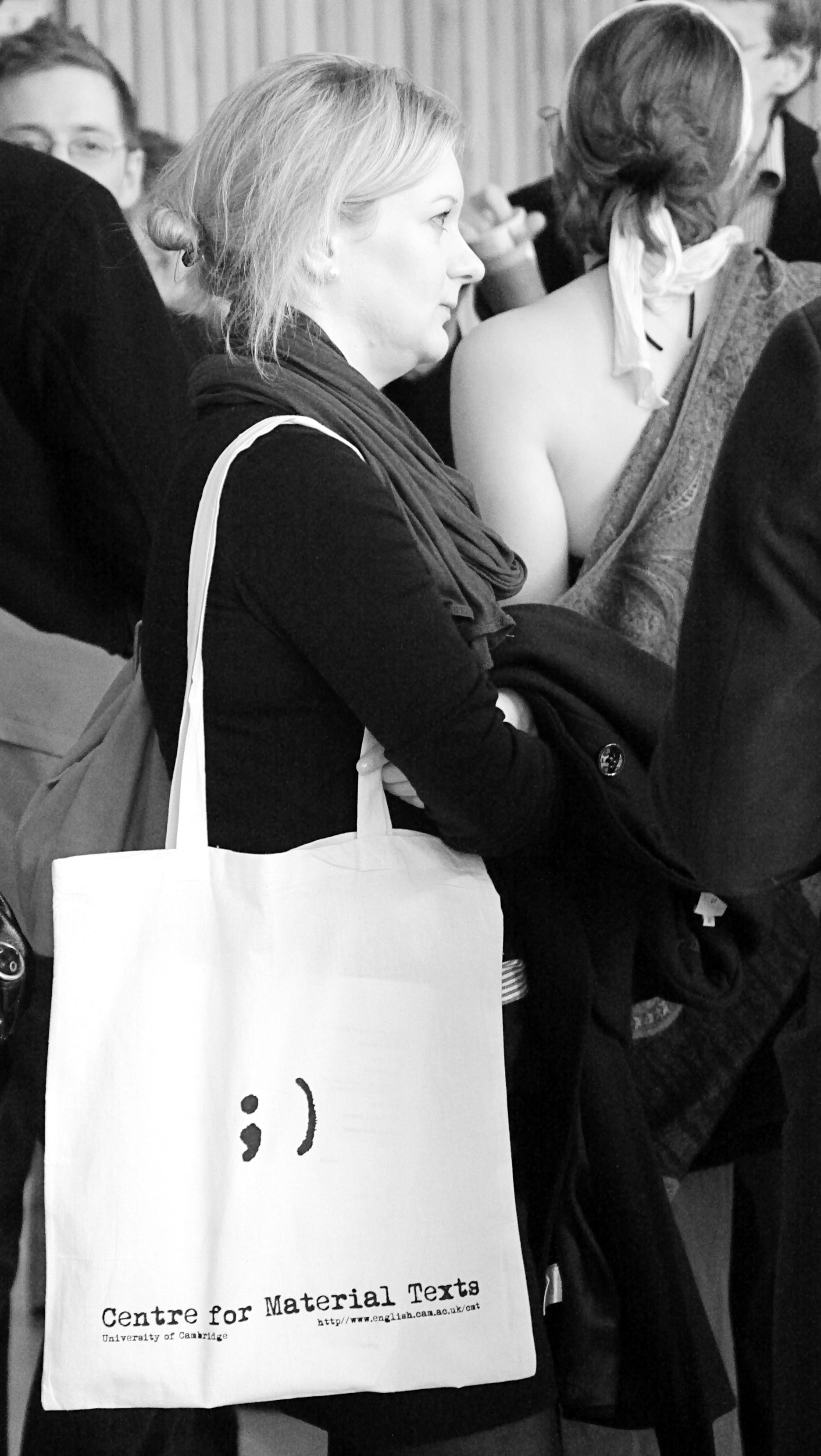CMT Inaugural Conference
September 30th, 2012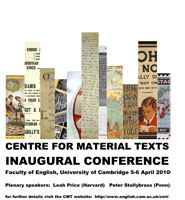 The Centre held its Inaugural Conference on 5-6 April 2010. Despite what appeared to some to be rather quixotic scheduling (the 5April was the Easter Bank Holiday) and a threatened rail strike, just under 100 people were able to attend, and across the course of two packed days the event demonstrated to all of its participants the extraordinary vitality and interest of current work in this field.
The Centre held its Inaugural Conference on 5-6 April 2010. Despite what appeared to some to be rather quixotic scheduling (the 5April was the Easter Bank Holiday) and a threatened rail strike, just under 100 people were able to attend, and across the course of two packed days the event demonstrated to all of its participants the extraordinary vitality and interest of current work in this field.
The conference was designed to survey as many approaches to material textuality as possible, across as many periods and disciplines as possible. Many of the panels were accordingly diverse in content. ‘Making Maps’ took us from medieval world maps (Alfred Hiatt), via a conflict between cartographers in the Lake District (Heather Glen), to the rise and rise of the Ordnance Survey (Rachel Hewitt). A panel on what happens to texts when they cross national borders set out from late Arthurian cycles (Miriam Muth), moved on to consider the exchanging of texts in early modern diplomatic contexts (Joanna Eastwood), and concluded with a paper on the marketing of women’s Arab anglophone fiction (Rachel Bower). Gary Tomlinson pushed the conference’s chronological boundary at one end, taking us into the current state of thinking about the forms of cognition embodied in 1.5 million-year-old tools, while at the other extreme there were explorations of hypertext novels (Rose Hepworth), RSC souvenirs (Hester Lees-Jeffries), and CGI movies (Ian Christie).
Even those panels that attempted to stay within period boundaries were usually stymied, by accident or design. ‘Writer’s Remains’, which began with papers on romantic literary souvenirs (Samantha Matthews) and the cult of the annotated book (Rea Köppel), finally moved on to consider the way in which we represent eighteenth- and nineteenth-century writers through their shrines—Shandy Hall (Patrick Wildgust) and the Clare House (Paul Chirico). A session which moved deftly through the censorship of James Joyce’s writings in serial form (Rosie Šnajdr), the visual codes of the modernist magazine (Andrew Thacker), and the relative materality or immateriality of T. S. Eliot’s letters (Hugh Haughton) ended with a bravura jeremiad concerning the likely fate of literary studies in the age of the E-Reader (Robin Schulze). A concern with the transformative potential of digital media, for good and ill, was also at the heart of the most controversial session of the conference—a panel on ‘The Future of the Library’, in which David McKitterick and A.S.G. Edwards weighed the value of costly digitization projects against the more traditional work that rare books libraries do in cataloguing, conserving, and managing access to texts.
Another aim of the conference was to press into areas that might be thought liminal or extraneous to its project, and to test how far the notion of ‘text’ in particular might usefully be extended. Thus we heard papers on the history of cinematic representation (David Trotter, Ian Christie); on the relationship between music, material culture, and the written transcription of sound (Flora Dennis, Ardis Butterfield, Stefano Castelvecchi); and on the power of palm-leaves, photographs, buildings and cityscapes to unsettle our sense of colonial history (Sujit Sivasundaram, Andrew Jarvis, Su Lin Lewis). There were numerous correctives to the logocentrism implicit in ‘textuality’: papers on scientific illustration (Sachiko Kusukawa, Katharine Fletcher), graphic satire (Adam Morton), and the enigmatic ‘Fylfot’ commissioned by an early modern gentleman for his memorial in stained glass (Juliet Fleming). Several contributors explored relationships between writing and memory (Ruth Ahnert, Désha Amelia Osborne, Trudy Ko, Joanna Bellis), while Lucy Razzall examined the hidden filaments connecting early modern texts to relics.
Other speakers brought a density of critical attention to bear on words that writers chose to erase (Abigail Williams, Gavin Alexander), and on the development of new kinds of rupture between words (Henry Woudhuysen). Molly Murray reinvigorated formalist critical modes by replacing the well-wrought urn/stanza with a well-sealed prison-cell. A panel on editing displayed the kinds of sharp scholarly detective-work that might be demanded by a parliamentary speech (Richard Serjeantson), an official letter (Andrew Zurcher), and a medieval gloss (Paul Russell). The aim of many of these papers was to train our attention on the invisible; to render what had appeared to be transparent freshly and helpfully opaque.
The two days of the conference were each rounded off with plenary talks that were intellectual firework-displays of the highest order. On the first day, Leah Price gave us a foretaste of her impending counterblast against ‘bookish liberalism’—that mythology which obliges us to think of all our reading experiences as transformative encounters with a book that we have chosen and which has chosen us. Price replaced the received image of the nineteenth-century as the ‘age of the novel’ with a more accurate account of it as the age of the religious tract, and paid detailed attention to past cultural anxieties about what your servants might be reading when they are supposed to be dusting your bookshelves; in the process, she set a new agenda for work in the history of the book. On the second day, Peter Stallybrass argued that ‘the history of the book’ was an entirely inadequate label for the study of hands and presses that were, most of the time, not producing books at all. Printers generated their profits not through books, but through jobbing work (forms, receipts, indulgences) which required completion by hand—an emblem of the way in which print as an institution created manuscript as a category. And a whole species of press-products that look like books—including the early texts of Shakespeare’s plays—were no such thing; rather, they were pamphlets, which because they were not made to be bound were not made to survive. Instead of the history of the book, then, we are left with the non-history of the non-book—in many ways a more vibrant object of enquiry.
One of the wonders of Stallybrass’s talk was its ability to hold an audience entranced with images of tiny holes in the margins of printed pages. In general it was striking how many of our speakers made use of Powerpoint images—which might prompt some reflection on the role of modern image-processing technologies in allowing us to appreciate past technologies more fully. The materiality of the presentations was matched by the care given to material sustenance during the breaks—excellent food and drink, supplied by Origin8, for lunch; an array of delicious home-made cakes, Easter nests and edible letters to accompany coffee and tea; and wine receptions on both evenings, sponsored by the History of Material Texts Seminar. For these, and for much of the running of the show, we were indebted to the hard work of Ruth Ahnert, Jo Bellis, Sarah Cain, Dan Wakelin, Lucy Razzall and Andrew Zurcher. Many thanks to them, and to all the speakers for their trenchant contributions. Thanks to the Faculty of English and AMARC for financial support. Thanks finally to our chairs, many of them parachuted in at the last minute, and to all of our delegates for helping to make this such a stimulating event—altogether an excellent start for the Centre.
Jason Scott-Warren
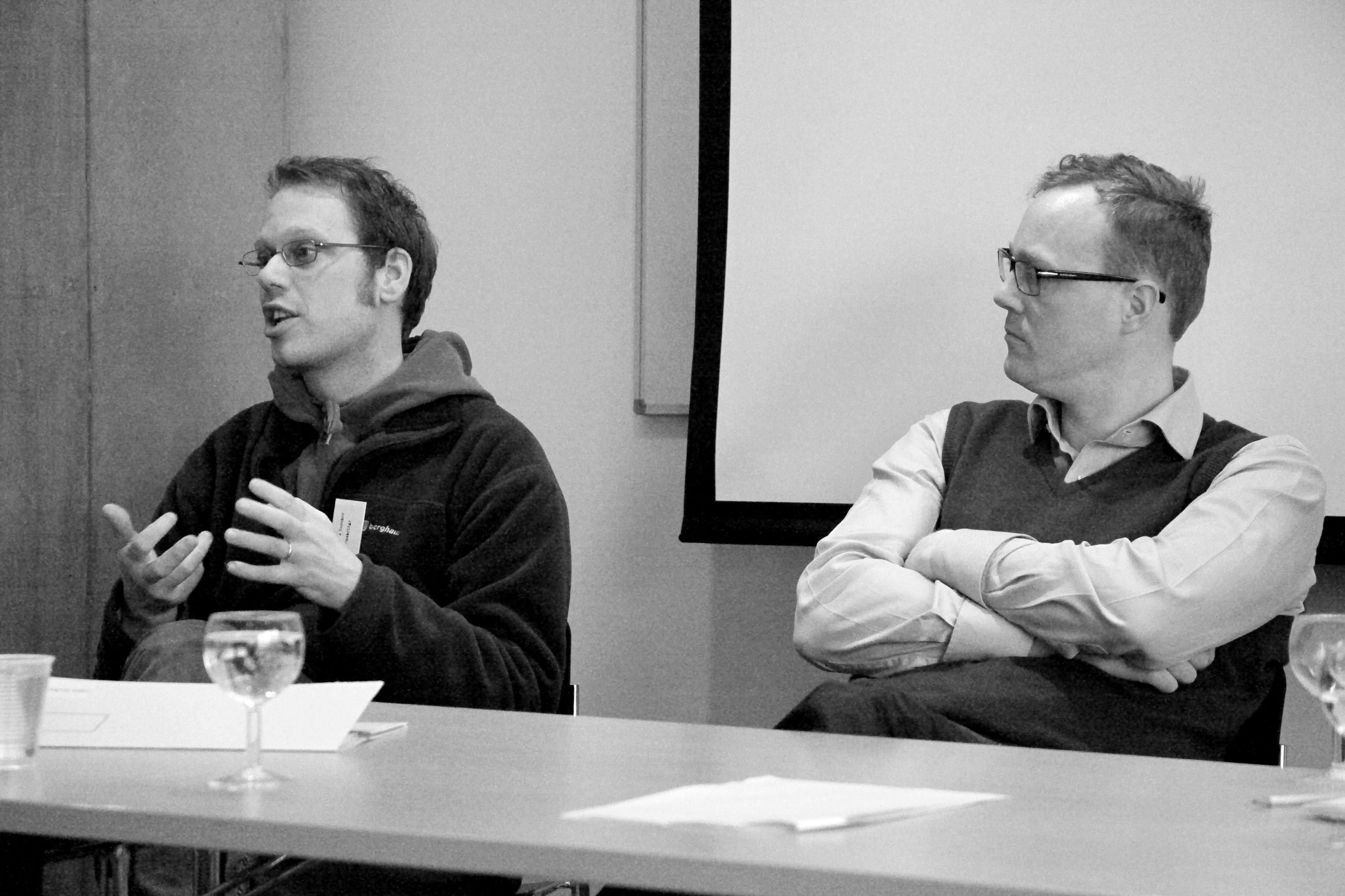 Andrew Zurcher and Richard Serjeantson (Photo: Ruth Ahnert) Andrew Zurcher and Richard Serjeantson (Photo: Ruth Ahnert) |
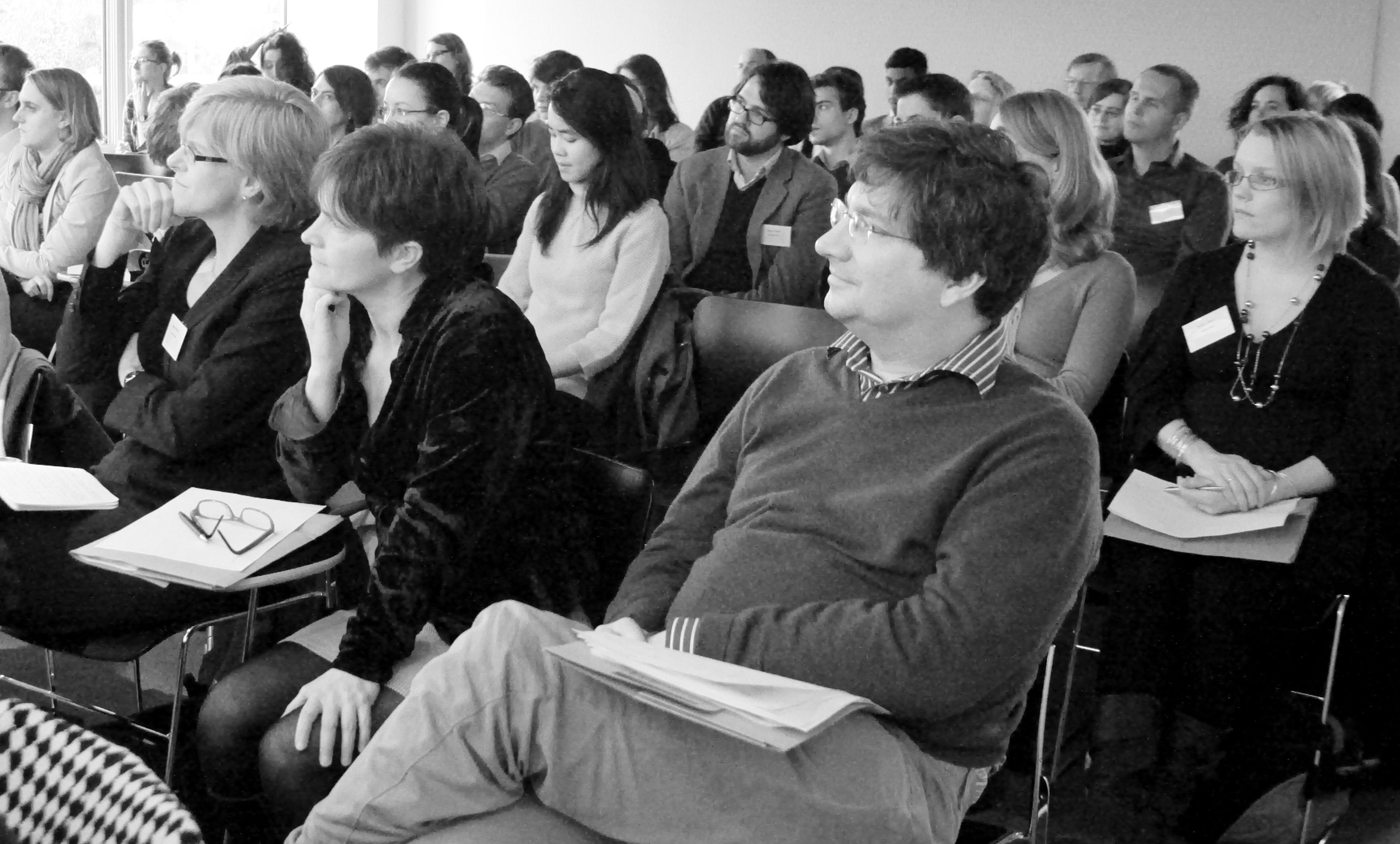 A rapt audience (Photo: Ruth Ahnert) A rapt audience (Photo: Ruth Ahnert) |
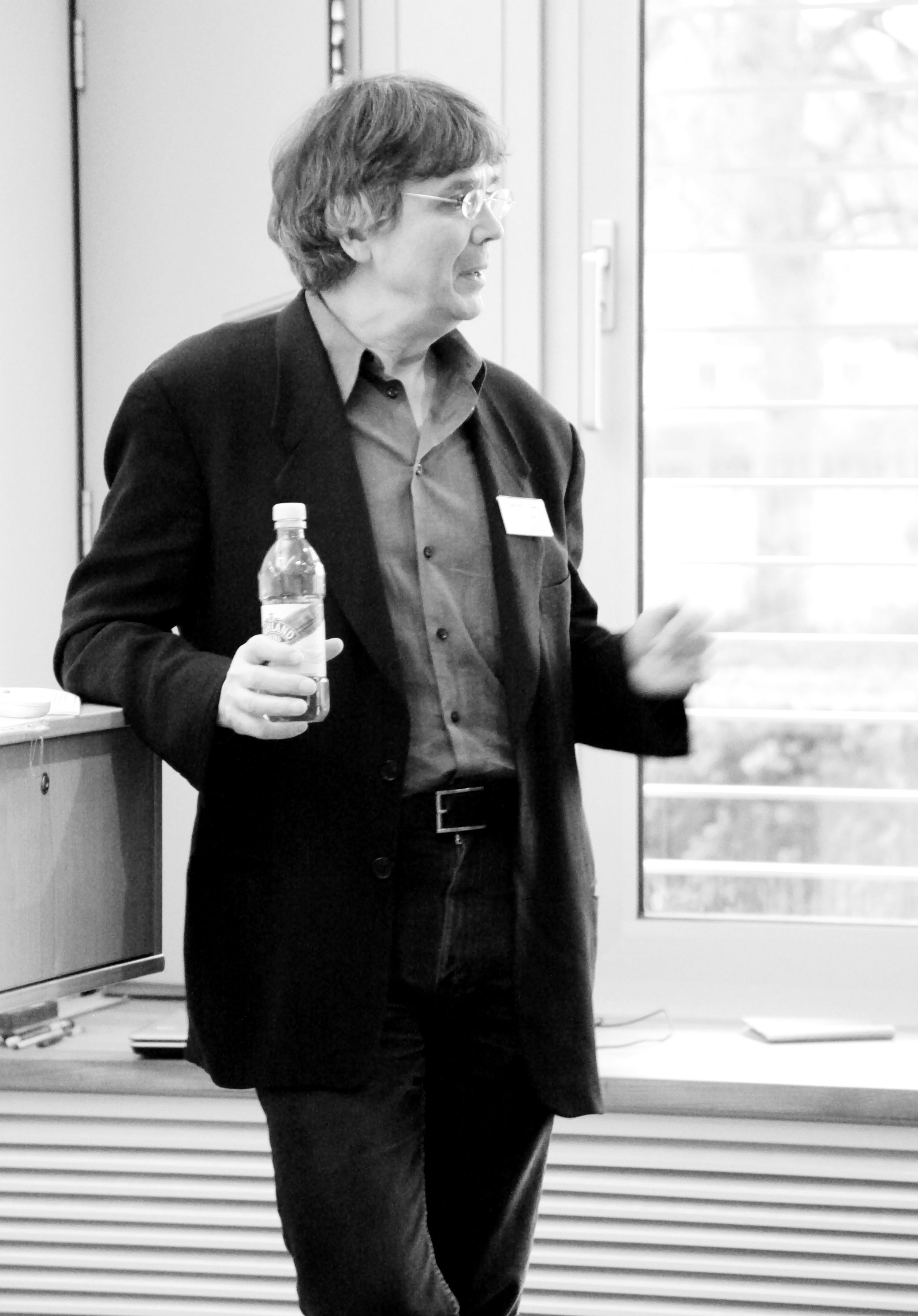 Peter Stallybrass (Photo: Ruth Ahnert) Peter Stallybrass (Photo: Ruth Ahnert) |
